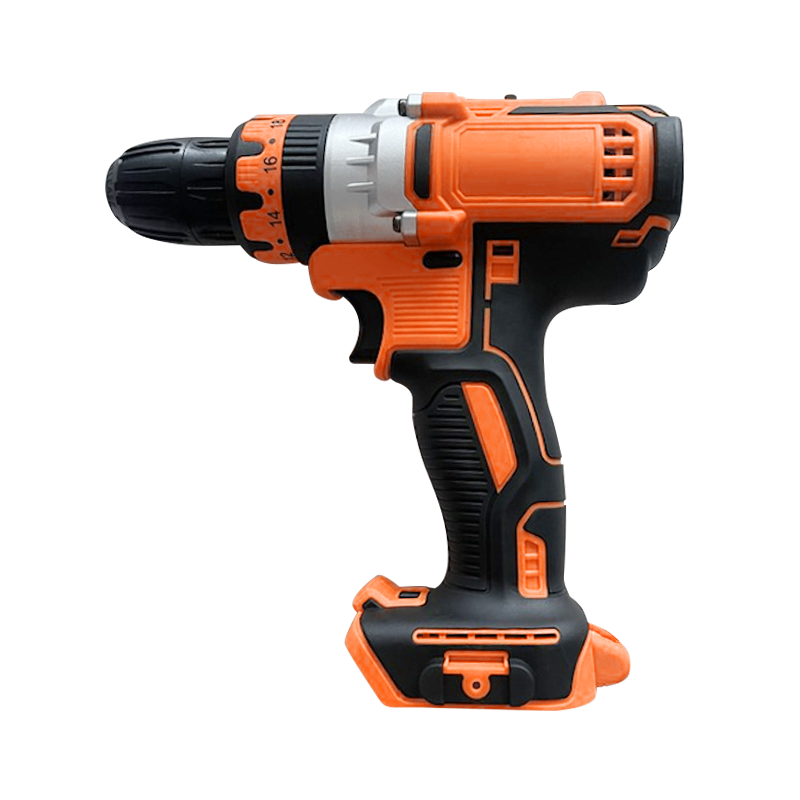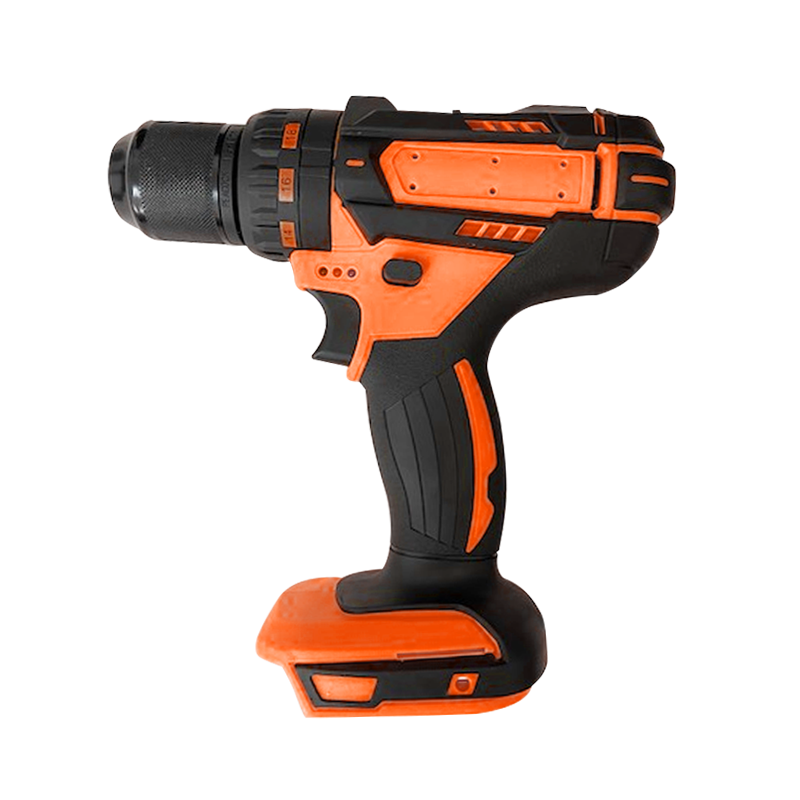High Quality Gas Demolition Hammer Manufacturing Exporter
Gas demolition hammer is a powerful tool designed for heavy-duty demolition tasks in construction and renovation projects. While they excel in their capability to break through tough materials like concrete and masonry efficiently, they also pose challenges in terms of noise and vibration that can affect both workers and the surrounding environment.
Gas demolition hammers operate on a combustion engine that drives a piston mechanism to deliver rapid impacts to a chisel or drill bit. This mechanism generates significant mechanical forces necessary for demolition but also produces considerable noise and vibrations as a byproduct. These factors can not only impact the comfort and safety of workers but also affect nearby residents and sensitive environments.
To address these concerns, manufacturers have implemented several strategies to reduce the noise and vibration generated by gas demolition hammers. One of the primary approaches involves engineering advancements in the design of the tool itself. Modern gas hammers are equipped with vibration-damping systems that absorb and reduce the transmission of vibrations from the engine and hammering action to the operator's hands and arms. These systems often incorporate ergonomic handles and shock-absorbing materials to enhance operator comfort and reduce the risk of hand-arm vibration syndrome (HAVS).
Moreover, the combustion engines powering gas demolition hammers are engineered to operate more quietly compared to older models. Advances in engine technology have focused on fuel combustion and reducing exhaust noise without compromising performance. This not only lowers the overall noise levels emitted by the tool but also contributes to a quieter working environment, especially in urban or residential areas where noise regulations are stringent.
In addition to technological improvements in the tool itself, effective noise and vibration management strategies include implementing operational practices. Training programs for operators emphasize techniques to minimize unnecessary noise and vibrations, such as maintaining steady pressure on the tool during operation and using appropriate chisel or bit attachments for specific materials. Proper maintenance of the gas demolition hammer, including regular lubrication and tuning of the engine, ensures performance and reduces the likelihood of excessive noise due to mechanical wear or inefficiency.
Furthermore, site management practices play a crucial role in mitigating the environmental impact of gas demolition hammers. Scheduling demolition activities during off-peak hours or times when nearby residents are affected can help decrease disturbances. Establishing physical barriers or using sound-absorbing materials around the work area can also reduce noise propagation to surrounding buildings and sensitive locations.
In sensitive environments such as hospitals, schools, or residential neighborhoods, additional measures may be necessary to meet noise regulations and community expectations. This may include using noise-reducing enclosures or mufflers on gas engines, employing acoustic shields around the work zone, or exploring alternative demolition methods that produce less noise and vibration, such as hydraulic breakers or electric-powered tools where feasible.
Regulatory compliance is essential in managing the environmental impact of gas demolition hammers. Many jurisdictions have established noise ordinances and guidelines that specify permissible noise levels and times of day for construction activities. Contractors and operators must adhere to these regulations to minimize disruptions and maintain good relations with the community.
Looking forward, the ongoing evolution of gas demolition hammer technology continues to focus on enhancing efficiency while reducing environmental impact. Innovations in engine design, materials science, and noise reduction techniques are expected further to improve the performance and sustainability of these tools. Manufacturers and industry stakeholders remain committed to advancing solutions that balance the need for powerful demolition capabilities with responsible environmental stewardship.
In conclusion, gas demolition hammers play a vital role in modern construction and renovation projects, offering strength and efficiency. Mitigating their noise and vibration impact requires a combination of technological innovation, operational practices, and regulatory compliance. By implementing these strategies, stakeholders can achieve effective noise and vibration management while maintaining productivity and ensuring a harmonious relationship with the surrounding environment.

 English
English Español
Español русский
русский
















